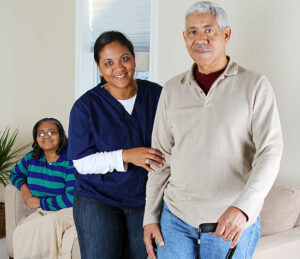As we get older, we can naturally settle into routines. Routines also sometimes need to change as our health changes. Sometimes older adults can struggle with that change, so today let’s talk about some do’s and don’ts of new routines.

Do: Establish Routines for Certain Tasks
Older adults may not need every single second of the day scheduled out, but having a set way to wake, wind down, and eat can be really helpful in providing structure and stability to a client’s day. A few years ago, I wrote about sleep for older adults, and in that post I talked a little about how regulating when one goes to sleep can really help older adults get quality sleep.
Don’t: Dictate an Older Adult’s Routine
Most older adults are able to provide some sort of input on their daily routine. Some people don’t need any help establishing that, they may need assistance with doing each of the steps. Sometimes, if the older adult is experiencing cognitive decline, they may not be able to plan their day, but they can choose between presented options. This way, they are still choosing for themselves within a structured day, and both structure and independence are important for those experiencing cognitive decline.
Do: Take Note of Their Feedback
Regardless of cognitive ability, older adults will still give feedback on their likes and dislikes. This point is especially applicable to family and professional caregivers. This can allow those caregivers to make changes to their day, whether those changes are small or if the routine needs a complete overhaul. This is also something to keep in mind as the older adult’s condition changes. You may be able to adjust their pre-existing routine to support their new needs.
What personal tips do you have about routines? What have you found that works for you and your loved one?



